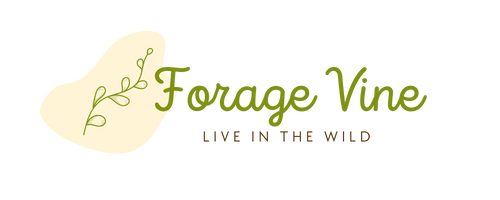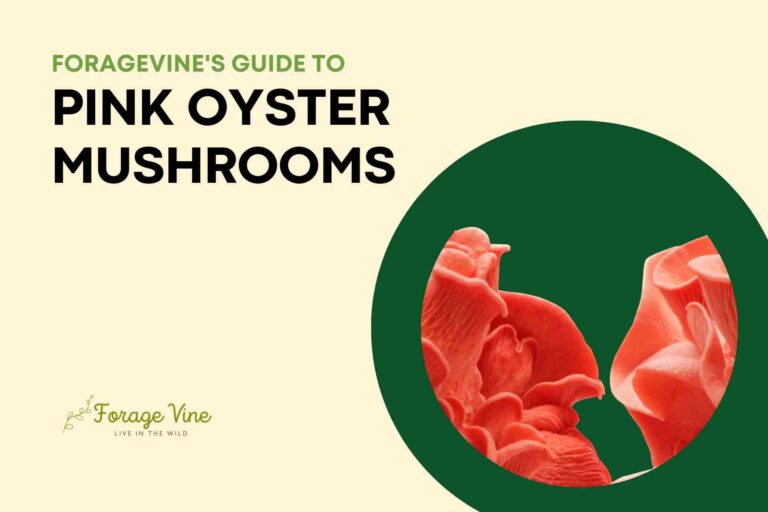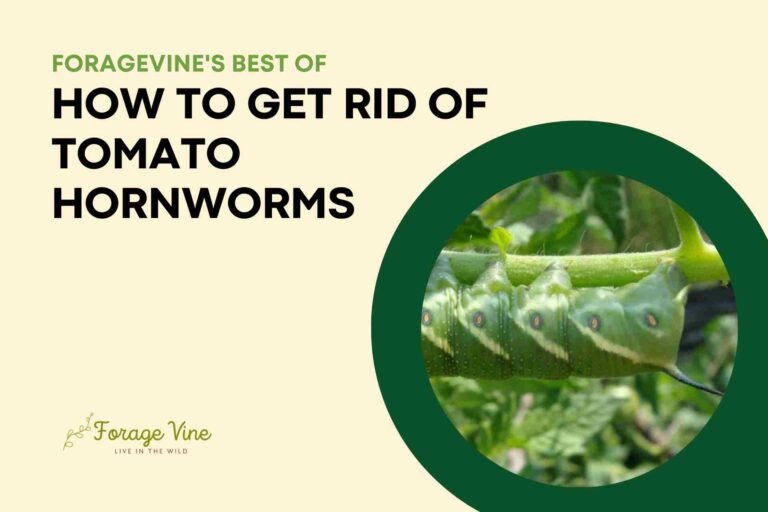Are Hibiscus Flowers Edible?
Have you ever noticed the hibiscus flower growing in your garden and wondered, are these flowers edible? You may be surprised that this striking-looking flower can be consumed! Not many people know this, but hibiscus is a beautiful decoration – it has been used for centuries as traditional medicine.
It can even add a unique flavor to drinks or dishes. So, if you’re ready to learn more about this underrated bloom, let’s dive in! This article will explore the health benefits of consuming hibiscus, how it’s prepared, and why it should become part of your healthy eating routine.
What are the nutritional benefits of hibiscus flowers and leaves?
As you can see, hibiscus flowers and leaves offer many nutritional benefits! Hibiscus flowers and leaves benefit our nutrition, giving us a broad range of essential vitamins and minerals. Rich in vitamin C, hibiscus flowers can help boost your immune system and energize you throughout the day.
Furthermore, they are loaded with dietary fiber, which helps to assist in digestion and regulate blood sugar levels. In addition, hibiscus leaves contain compounds that aid fat burning and decrease inflammation in the body.
These flowers and leaves are delicious and contain antioxidants that can protect against oxidative damage caused by free radicals.
How to identify edible hibiscus species
Yes, Hibiscus flowers are edible but you have to identify the species that are edible.
Identifying edible hibiscus species can initially seem daunting, but with a little research and observations out in nature, it can be done. All hibiscus species have bright, striking flowers and can generally be identified by their large size, waxy texture, and deeply lobed leaves. It is important to note that not all hibiscuses are edible – many are considered toxic for humans. To determine which species are edible, do your research and pay special attention to the color of the blossoms – some species may have a deep red or violet hue, while others may boast bright white or yellow petals. Once you’re familiar with what an edible species should look like, don’t be afraid to ask a local expert – there may be specific human-consumable varieties in your neighborhood or nearby areas; this information can save you time and energy identifying the right species.
Different ways to cook with hibiscus flowers and leaves
Hibiscus flowers and leaves offer a unique way to diversify any cook’s kitchen. With a crunchy texture and slightly sour taste, these ingredients can make all dishes more exciting. Used as a garnish, hibiscus petals are an eye-catching accessory to salads and entrees. Dried and then steeped, the flavorful tea made from hibiscus is perfect for cocktails and mocktails alike. In many regions of the world, hibiscus is used in smoothies and jellies for added acidity without dessert becoming overly sweet. Lastly, it adds texture and flavor to curries and other savory dishes that are both traditional and modern.
Recipes featuring hibiscus flowers and leaves
Hibiscus flowers and leaves provide a range of flavors and textures that can be used to make delicious recipes. Its tartness pairs nicely with sweet flavors like honey or agave syrup, while the tenderness of its leaves adds an earthy element that goes great with herbs like mint or rosemary. From syrups and teas to kombucha and salads, there are endless possibilities for incorporating hibiscus into your dishes. From light starters to hearty entrées, try experimenting with some unique recipes that use hibiscus for a flavorful meal.
Potential health risks associated with consuming hibiscus
Although hibiscus has many renowned health benefits, such as reducing blood pressure and assisting in weight loss, there are potential risks associated with its consumption. Some reported reactions to ingesting hibiscus to include nausea, increased gas and bloating, stomach pain or cramps, menstrual bleeding, and decreased potassium levels. Pregnant or breastfeeding women are also not recommended to consume hibiscus as it may lead to contractions or other adverse outcomes. Additionally, people with low potassium levels should be wary of taking supplements with hibiscus extract. Before incorporating hibiscus into your diet, it is best to consult your doctor to identify the risks that might be particular to your health profile.
Where to find edible hibiscus varieties in different parts of the world
When it comes to sourcing edible hibiscus varieties from around the world, there are several options for those looking for these delicious deliveries! In the United States, many nurseries offer hibiscus plants in-store or direct delivery services. Even some local grocery stores now carry edible hibiscus varieties in their produce section. Alternatively, one can find an abundance of responsibly sourced and naturally grown edible hibiscus flowers and products through online marketplaces like Etsy or Amazon. If you’re in Asia or Oceania specifically, look for dried hibiscus flowers sold by street vendors or packaged in cafes and restaurants. No matter where you live, locating your edible hibiscus treasures will provide endless exotic dining experiences!
Overall, hibiscus is a unique and versatile ingredient. Not only does it provide a range of nutritional benefits, but it also adds bursts of flavor to any dish. Showcase its flavor in your favorite recipes, and you won’t be sorry! As with anything, preparing and eating hibiscus responsibly is key. Always consider potential health risks and limit consumption as needed. Finally, whether you decide to forage for wild edibles in your backyard or visit the nearest market for commercially grown hibiscus blossoms, there are numerous exciting ways to use hibiscus in your cooking. Whether you choose to make tea from its flowers or stir-fry its leaves, the possibilities available with this special plant are endless.



